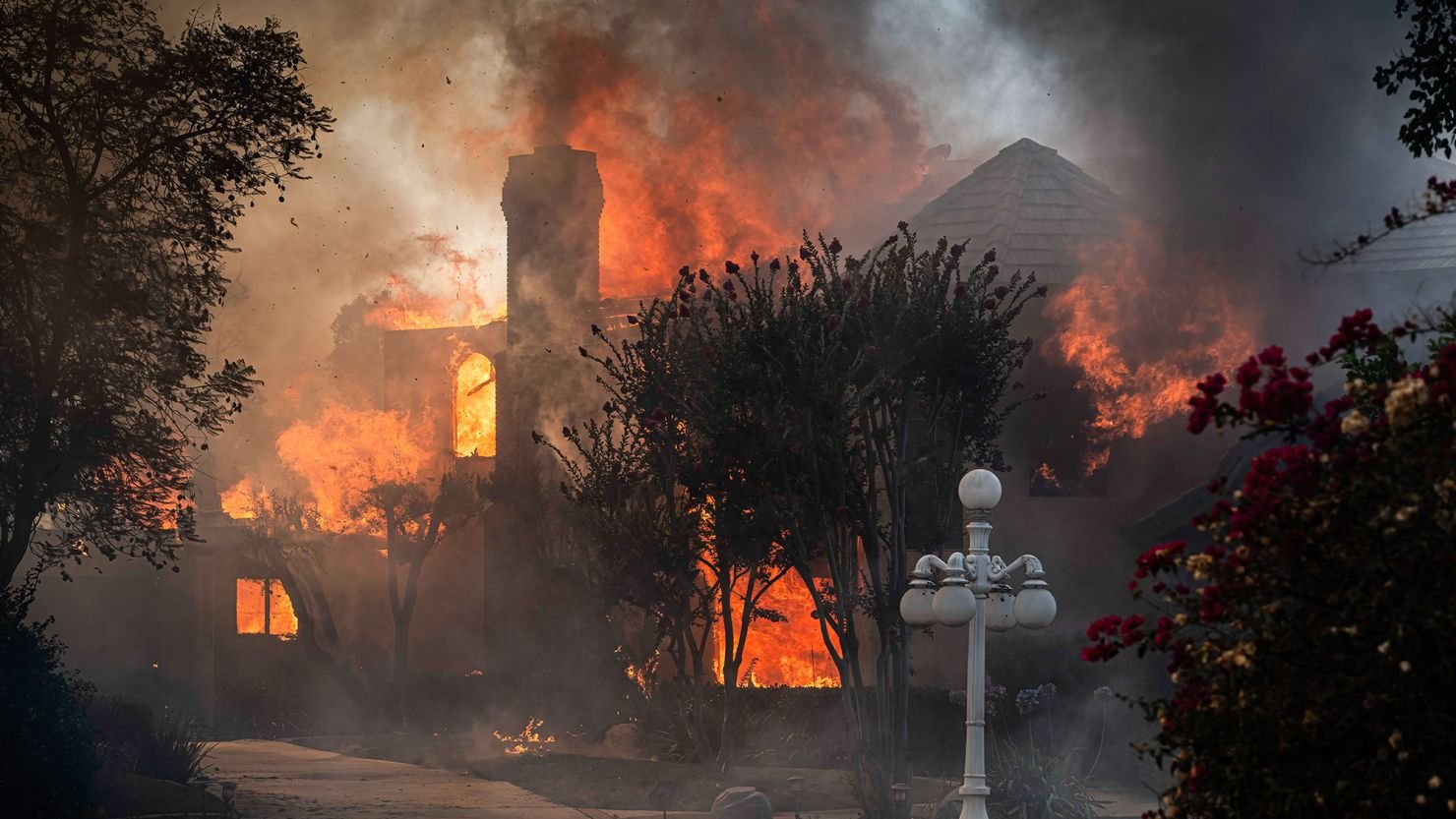
Table of Contents
California is no stranger to fierce blazes; however, every occurrence brings a new influx of destruction, concern, and examination. The new 125-section of land rapidly spreading fire has indeed brought the spotlight onto the Brilliant State, bringing up issues about the geographic variables that make California especially helpless against such horrendous blasts.
1. Climate and Weather Conditions
California’s environment is one of the main supporters of its rapidly spreading fire issue. The state encounters a Mediterranean environment, portrayed by warm, dry summers and gentle, wet winters. This climatic example shows the ideal circumstances for rapidly spreading fires. During the dry late spring months, vegetation becomes dry and exceptionally combustible. Furthermore, the St. Nick Ana twists, known for their hot and dry nature, fuel fire conditions by quickly drying out vegetation and stoking fire.
2. Topography
The geology of California assumes an essential role in the spread and power of out-of-control fires. The state is home to a different scope of scenes, including mountains, valleys, and beachfront locales. The uneven territory, specifically, can altogether impact fire conduct. Fires will quite often move all the more rapidly, driven by the rising intensity and winds. Steep inclines can likewise make coals travel significant stretches, touching off new flames a long way from the first burst.
Chanel West Coast ridiculousness salary: A Deep Dive into Her Financial Success Story
3. Vegetation
California’s assorted vegetation likewise adds to its out-of-control fire risk. The state has immense areas of chaparral, a kind of shrubland that is profoundly combustible. Notwithstanding chaparral, California’s timberlands, fields, and metropolitan wildland interfaces give more than adequate fuel to flames. Dead and dry vegetation, a typical sight in late spring and fall, can be lit effectively and consumed with great intensity.
4. Drought Conditions
California regularly encounters dry seasons, which further increases the risk of out-of-control fires. Delayed dry spell conditions lead to dry soil and vegetation, making a tinderbox prepared to light. The new 125-section of land was fiercely blazed amidst an especially dry season with restricted precipitation and drained water. This absence of dampness not only makes it more straightforward for flames to begin, but also makes them harder to contain.
5. Human Activity
Human action is one more huge figure in California’s rapidly spreading fire issue. Numerous fierce blazes are started by human activities, whether deliberate or unplanned. Pit fires, disposed of cigarettes, electrical cables, and even vehicles can all light flames. As California’s populace keeps on developing, so does the probability of human-caused, rapidly spreading fires. Metropolitan improvement additionally infringes on wildland regions, expanding the risk of flames spreading to populated districts.
6. Fire Suppression Policies
Incidentally, many years of fire concealment arrangements have added to the ongoing fierce blaze emergency. For a large part of the twentieth century, the emphasis was on quenching fires as fast as could be expected, prompting a collection of fuel in backwoods and wildlands. Without ordinary, more modest flames to get out dead vegetation, these regions have become more defenseless to enormous, wild, out-of-control fires.
Conclusion
The new 125-section of land rapidly spreading fire in California fills in as a distinct sign of the state’s continuous battle with fierce blazes. Geographic factors, for example, environment, geography, vegetation, dry season conditions, human movement, and past fire concealment strategies, all play a part in making a powerful coincidence for these overwhelming occasions. Understanding these variables is vital for creating successful methodologies to alleviate and oversee fierce blazes, guaranteeing the wellbeing and flexibility of California’s population and regular scenes.
Call to Action
As inhabitants and partners, supporting strategies and practices that address these geographic factors are basic. From pushing for capable land and heat-proof construction regulations to supporting endeavors to alleviate environmental change, each activity includes the battle against fierce blazes. Together, we can pursue a more secure and stronger California.